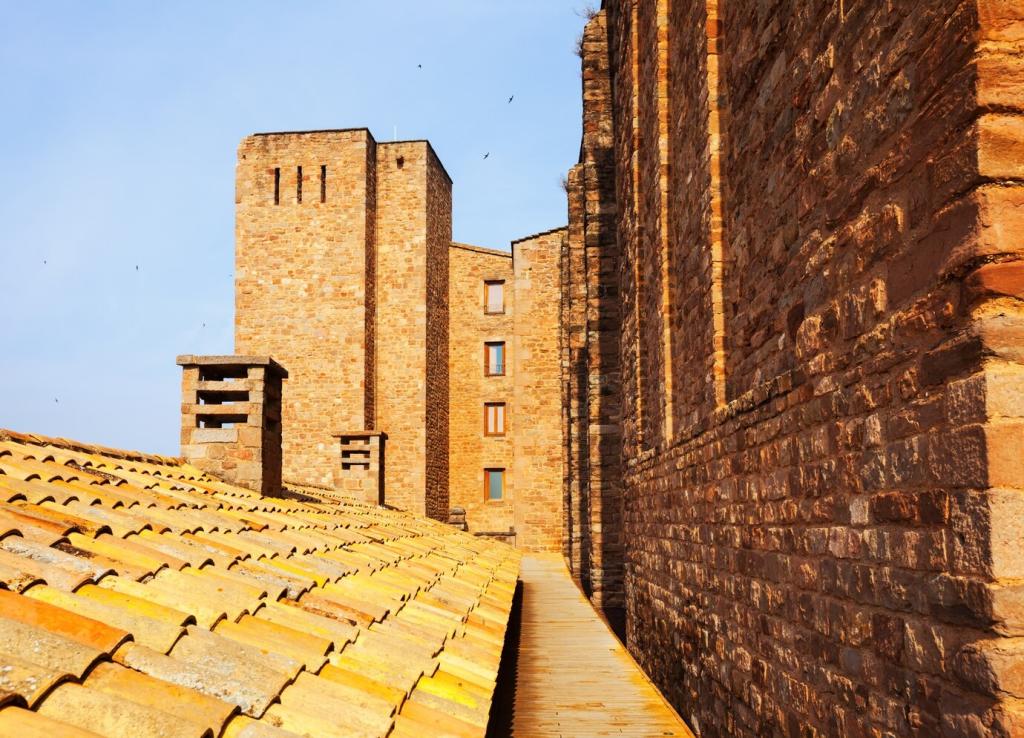
Modern Architecture Inspired by Ancient Cultures
Modern architecture often draws from the vast wellspring of the past, blending old-world wisdom with cutting-edge innovation. Architects increasingly look to ancient civilizations for inspiration, creating buildings that balance contemporary needs with enduring beauty and time-tested techniques. By borrowing motifs, materials, and philosophies from places like Ancient Egypt, Greece, Mesopotamia, and the Americas, modern structures encapsulate a dialogue across time. This page explores the fascinating interplay between modern innovation and ancient tradition, showcasing how centuries-old influences continue to shape our built environment today.
Rediscovering Ancient Philosophies in Design
Throughout history, the precise geometry of Ancient Egyptian architecture has fascinated modern architects. Today, you’ll find echoes of pyramids, obelisks, and axial alignment in urban landmarks and minimalist homes alike. These geometric forms provide not only visual drama but also a sense of order and eternal stability. Drawing from Egypt’s careful attention to celestial orientation, some architects align buildings for optimal sunlight or seasonal changes, linking new constructions to cosmic rhythms. This translates into spaces that feel timeless yet tuned to their natural surroundings, celebrating both human ingenuity and the permanence symbolized by the pharaohs’ monuments.
Previous
Next
Material Innovations: From Antiquity to the Present
Stone was the backbone of ancient civilizations, from Mesopotamian ziggurats to Roman aqueducts. Today, architects are not limited to mere masonry; advances allow stone to be cut, shaped, and assembled with unprecedented precision. Modern buildings frequently use local stone in innovative ways, exposing rough surfaces or arranging blocks in geometric patterns reminiscent of Inca walls. Some projects deploy stone as a cladding over ultra-modern skeletons, marrying historic gravitas with contemporary functionality. The enduring strength and tactile beauty of stone give new buildings a sense of permanence and connection to the land, echoing the ambitions of ancient builders.

Spatial Narratives: Symbolism and Community

Monumentality in the Urban Landscape
Monumental architecture is not just about sheer scale—it’s about symbolism and gathering. Modern architects take cues from the grandeur of Mayan pyramids or Roman forums, translating these forms into civic plazas, museums, and cultural centers. These structures become focal points, reinforcing social bonds and civic pride. Through their commanding presence, such buildings invite the public to gather, celebrate, and reflect, echoing the communal spirit embodied by their ancient forerunners. Monumentality thus becomes a tool for storytelling, giving new voice to time-honored traditions.

Courtyards and Collective Living
The timeless charm and social function of the courtyard are prized in many ancient cultures, from Mediterranean villas to Islamic medinas. Modern architecture adapts this typology for dense cities and private homes alike, creating sheltered outdoor spaces at the heart of buildings. These courtyards moderate climate, provide refuge, and encourage interaction, fostering a sense of togetherness amid the bustle of urban life. By drawing on past wisdom, architects craft spaces that support both privacy and community—a delicate balance achieved through centuries of architectural evolution.

Sacred Geometry and Spatial Flow
Many ancient buildings were designed according to cosmic and mathematical principles—think of the mandalas of Hindu temples or the axis mundi in Mesoamerican cities. Today, architects reinterpret these ordering systems to shape circulation and perception in new spaces, from concert halls to meditation centers. Spatial sequences that invite movement, pause, and reflection turn architecture into a kind of journey, imbued with meaning beyond mere function. This conscious use of geometry and axis connects occupants with something larger, grounding modern life in a lineage of spiritual, intellectual, and civic purpose.
